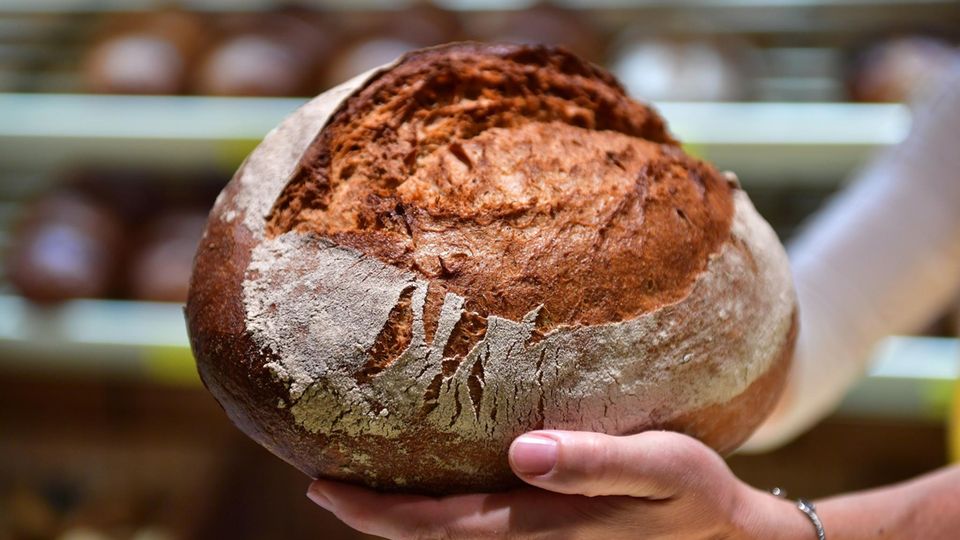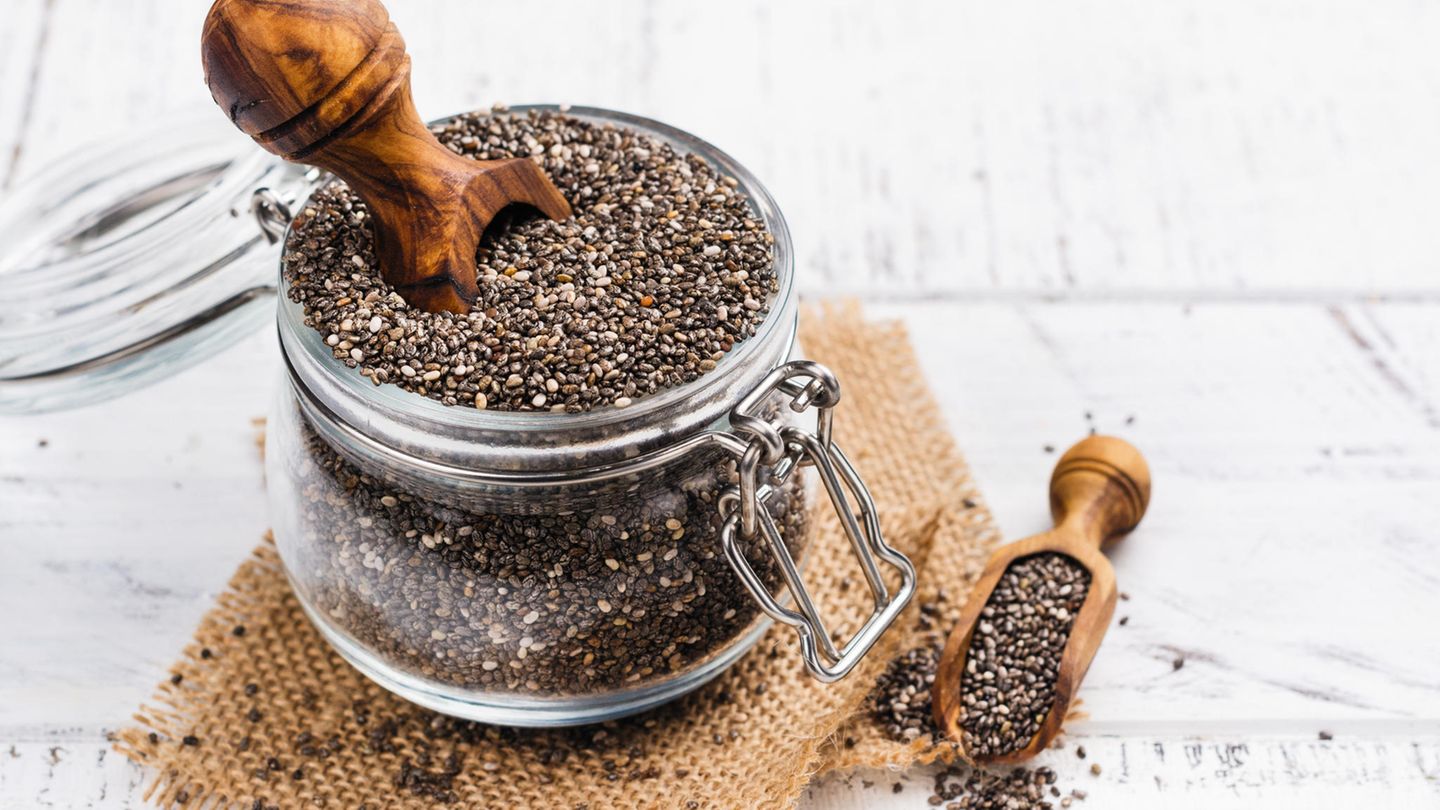In the meantime, chia seeds or goji berries have become indispensable in muesli bowls or as a topping for porridge – at least if you scroll through the trendy and hip food blogs on Instagram. The supposed superfoods fit the health-conscious image of many bloggers. Even if the exotic seeds or berries look good in photos, they are not magic bullets. Orthopedist and nutritionist Dr. In her new book, Meike Diessner gives expensive groceries a beating and explains why our joints don’t need hip chia seeds and why our bones are much more happy about sesame.
“If you believe the advertising promises, there is actually no ailment, no blemish and no disease that you can’t get under control with a daily portion of exotic superfoods. And that’s really too good to be true,” writes the doctor. Because foods that we know well often contain just as many valuable ingredients as superfoods. Not only our stomach is happy about some foods, but also the joints.
Sesame is a real source of calcium
Meike Diessner makes this clear with an example: chia seeds and sesame. The grains, which many like to have on the bun, contain healthy fats, high-quality proteins and have a high micronutrient density. Chia seeds are high in fiber and rich in omega-3 fatty acids. However, the body can only utilize these if the seeds are chewed very well or eaten crushed. Calcium is very important for our bones and teeth to keep them stable. They are our calcium depots. According to the German Society for Nutrition (DGE), adults should consume 1000 milligrams of calcium per day. “Sesame is a real calcium hit,” writes Meike Diessner. 100 grams of sesame contains between 700 and 800 milligrams of calcium. With 128 grams of sesame a day you could cover the recommended daily requirement (calculated with 783 mg of calcium per 100 g of sesame). 100 grams of chia seeds also contain a total of 631 milligrams of calcium. But the Federal Center for Nutrition (BZfE) recommends eating no more than 15 grams of chia seeds per day, as they swell up quickly. “That wouldn’t even get us to 100 milligrams of the highly praised bone strengthener,” says Diessner.
Sesame, on the other hand, could theoretically also be eaten by the spoonful, but it is enough to sprinkle it on homemade bread, to top muesli, porridge or salads with it. Meike Diessner describes that a small study even ascribes a positive effect to sesame on knee pain and arthrosis. For two months, a group with knee osteoarthritis took 1000 milligrams of the painkiller paracetamol daily and ate 40 grams of ground sesame seeds daily. The control group only received the same dose of the painkiller. The result: the pain remained the same in the control group, the subjects who also ate sesame had significantly less pain and were more mobile. “The reason for this is the active ingredients sesamin and sesamol contained in sesame […] have anti-inflammatory properties, which in turn lead to a reduction in pain in the joints,” says the doctor.

If you want to do something good for your joints through nutrition, you don’t have to dig deep into your pockets and buy expensive exotic products. There is nothing wrong with eating chia seeds or goji berries from time to time, but the assumption that only these supposed superfoods are good for your health and joints is wrong, writes Meike Diessner. According to the consumer center, another minus point for the exotics is that the health-promoting properties are usually not scientifically proven and, in contrast to local vegetables, the superfoods are usually contaminated with pollutants.
Doctor Meike Diessner names five foods in her book that are good for the joints. We show them in the picture gallery.
Sources: Meike Diessner (2022): , Gräfe and Unzer; Sonja Reifenhäuser (2015): “Vegan foods. The nutrient compass for a healthy diet”, GU; ,,, , , , ,
Source: Stern




